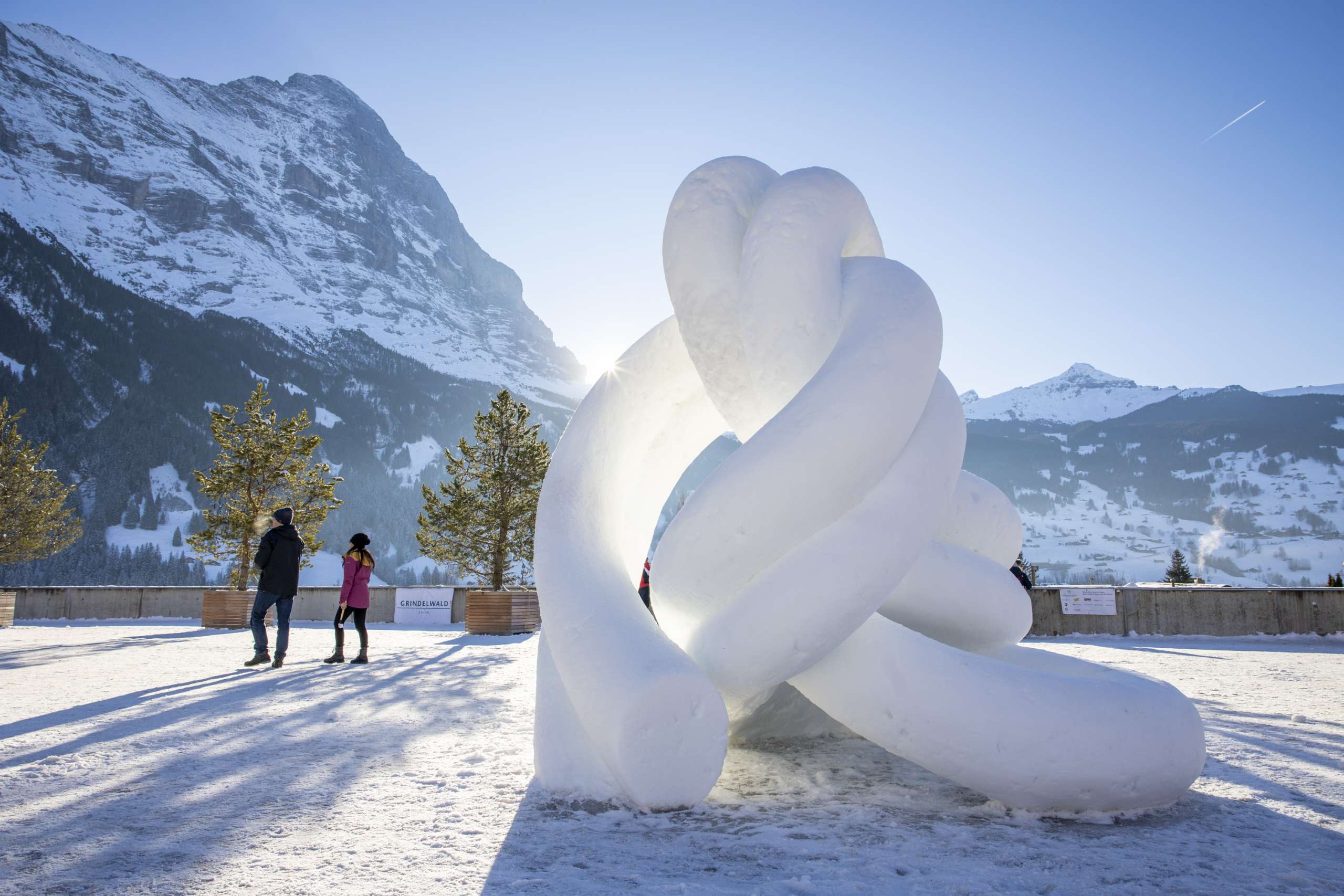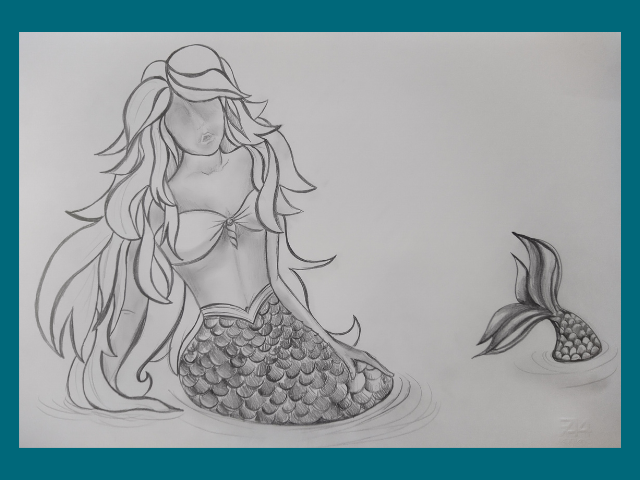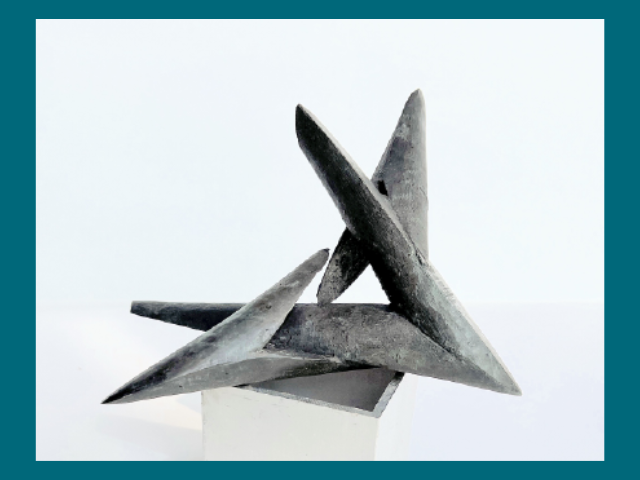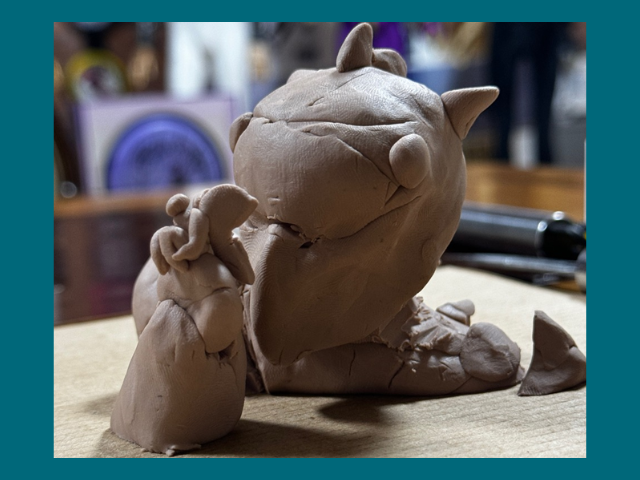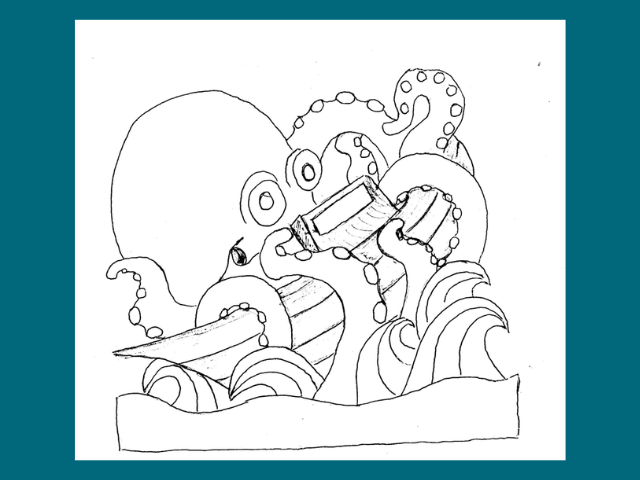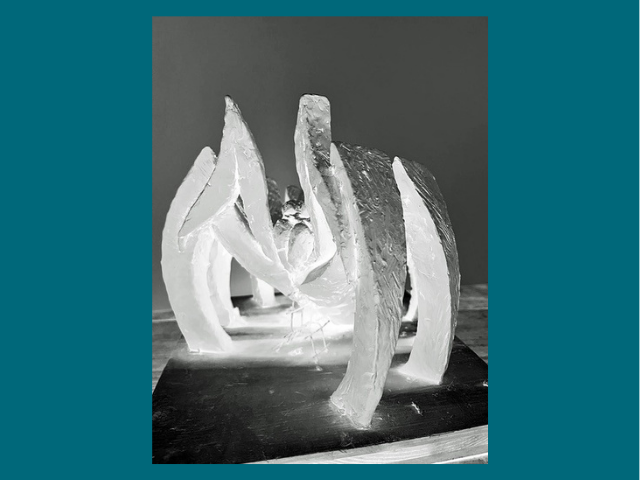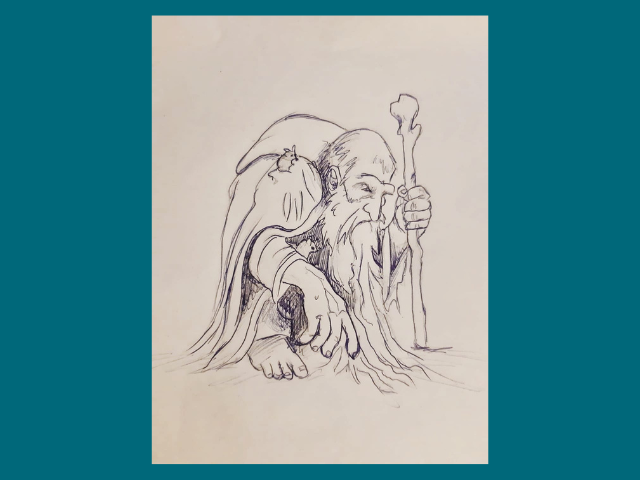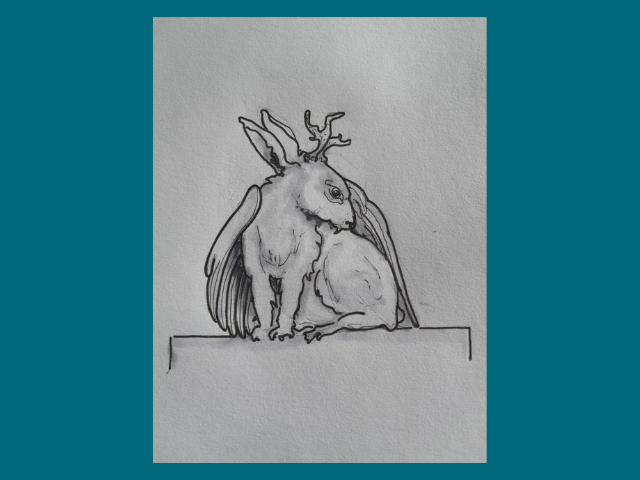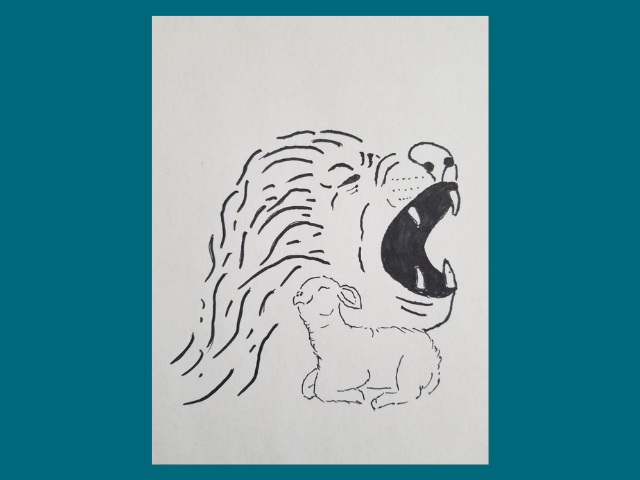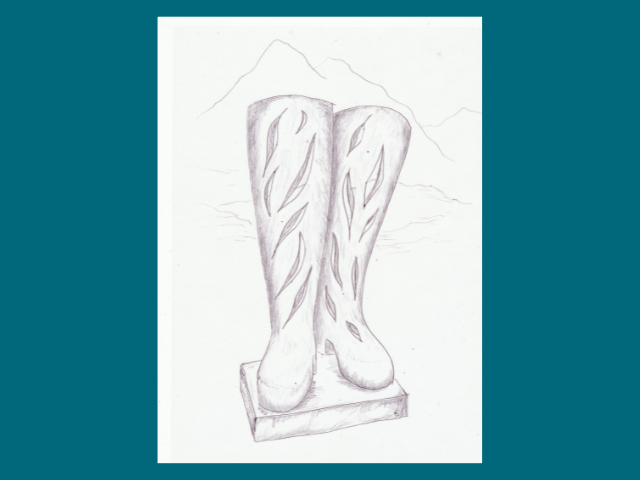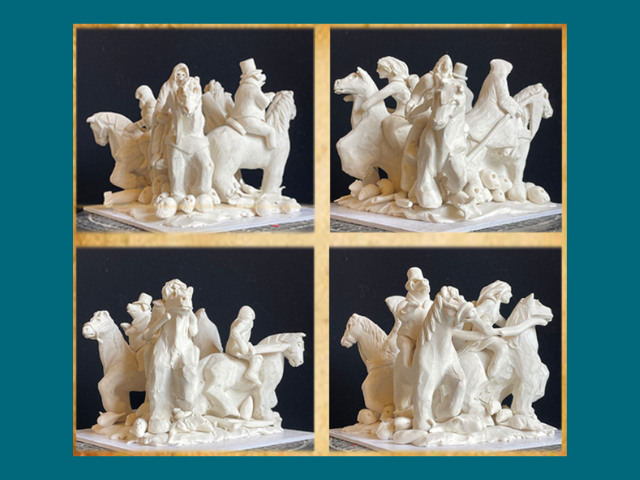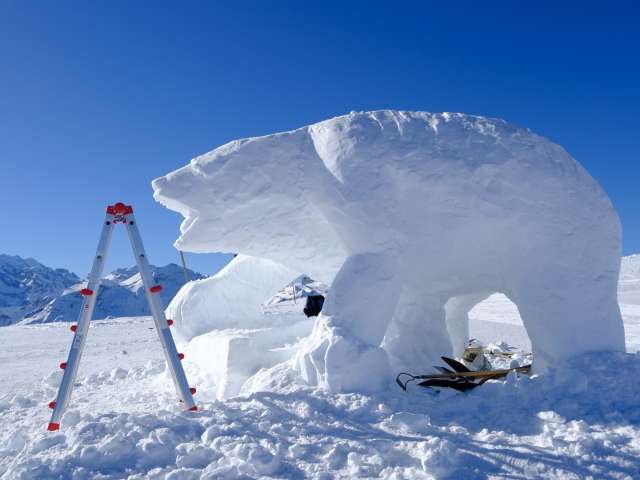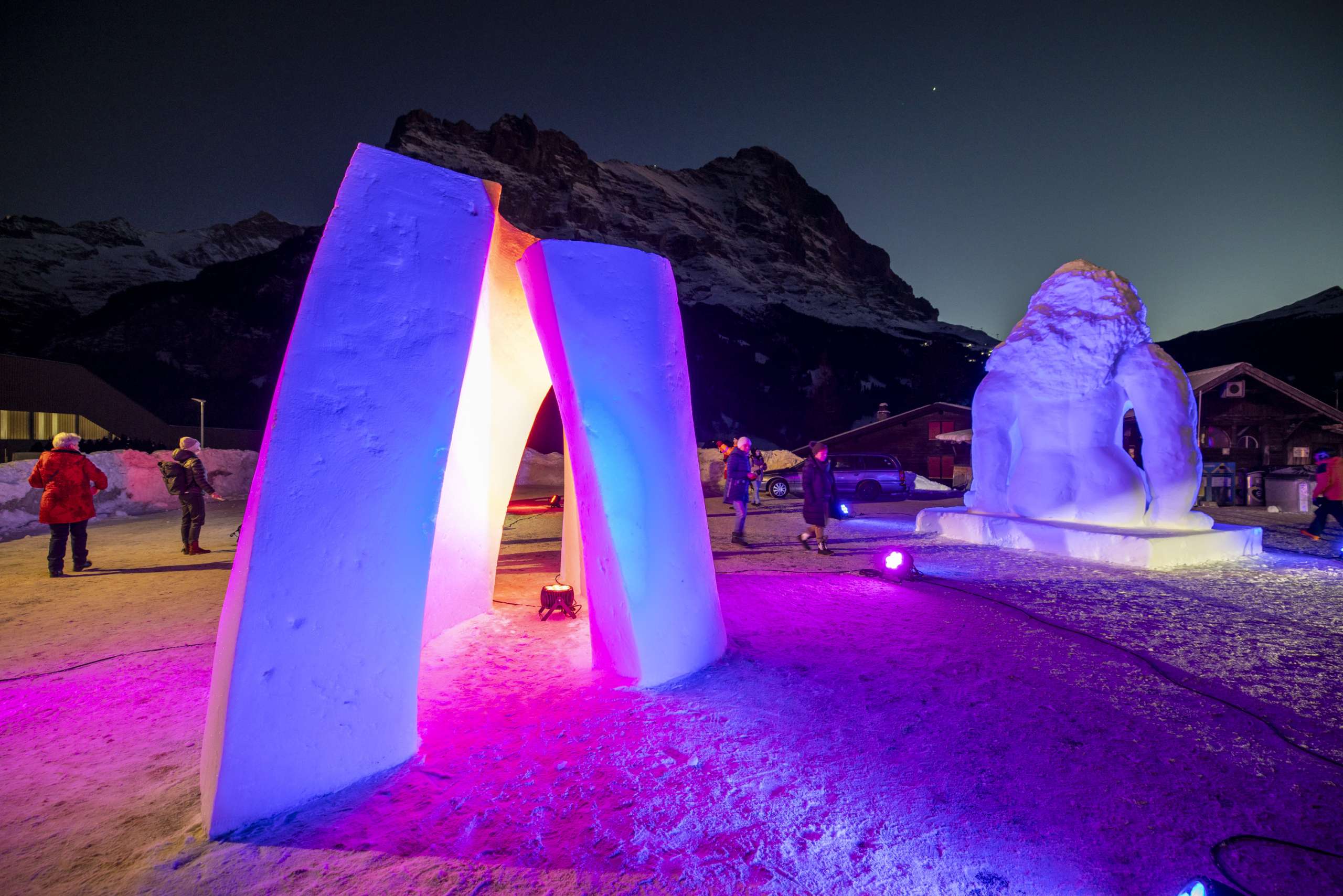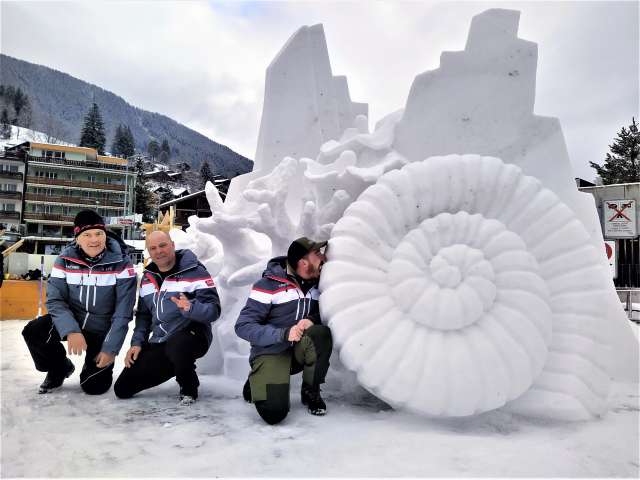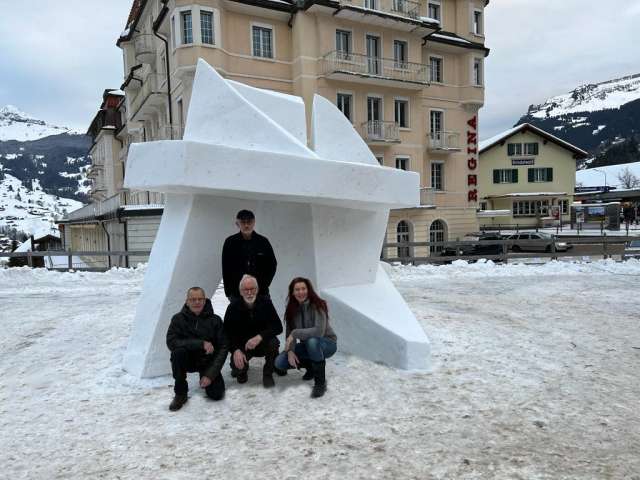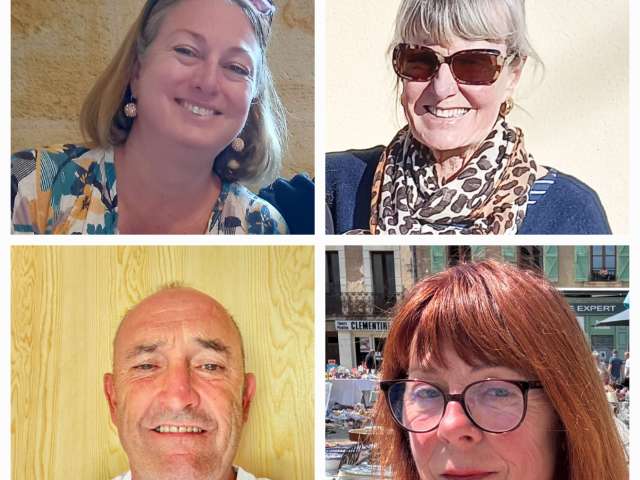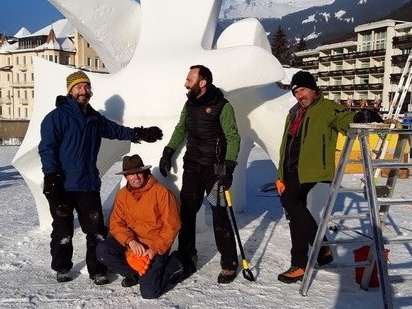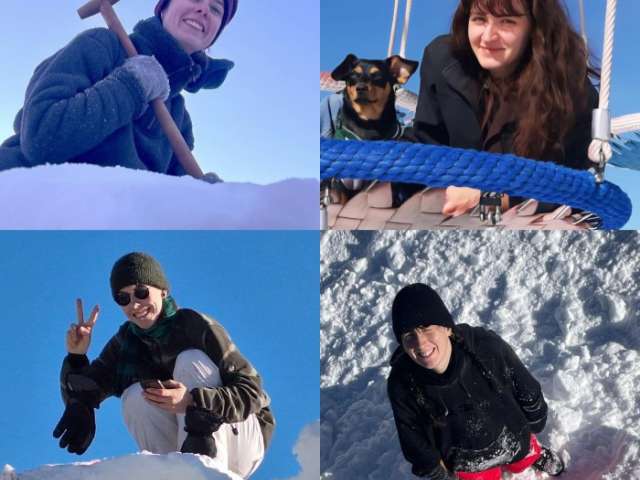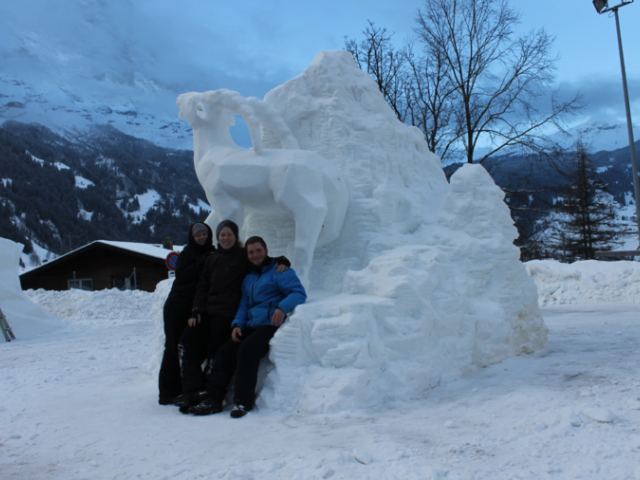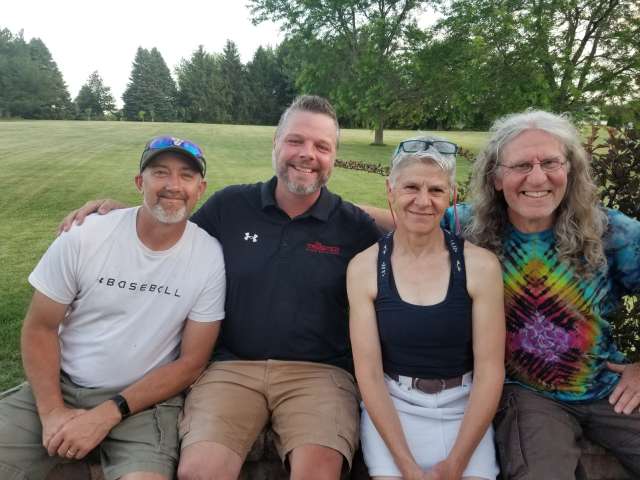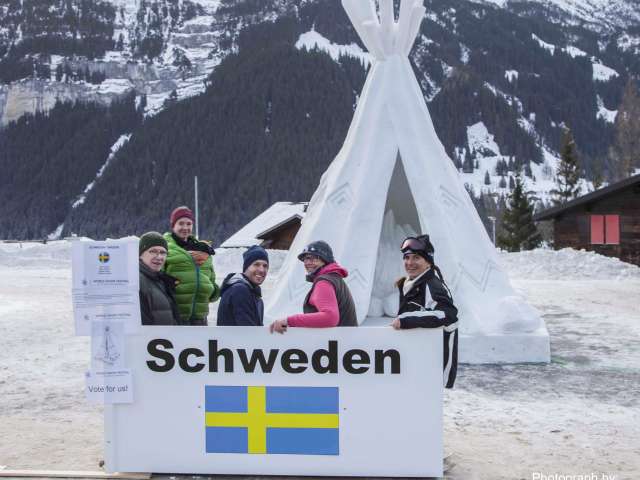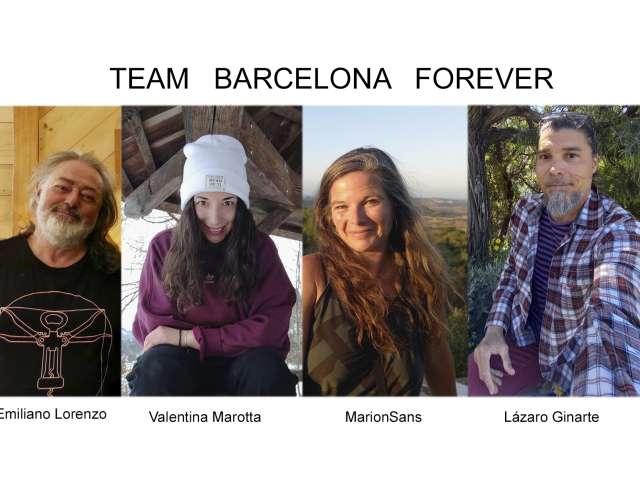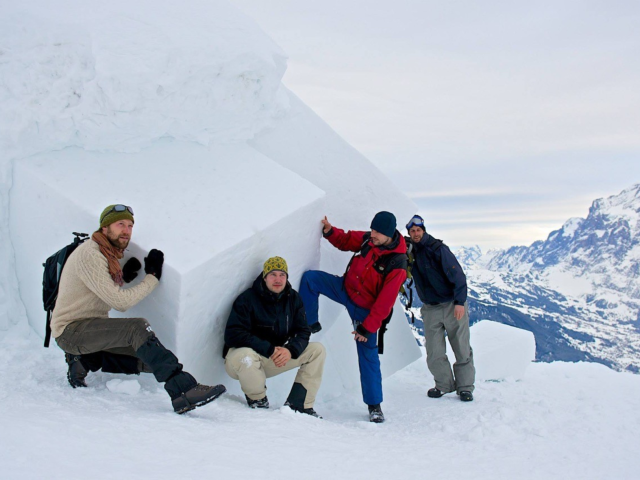The next World Snow Festival will take place from January 19 to 24, 2026.
The World Snow Festival in Grindelwald is a festival of icy art where international artists from all over the world create figures and sculptures from three-metre-high blocks of snow. The festival takes place from 19 - 24 January 2026. The motto for the 41st edition is “Myths and Legends”.
The World Snow Festival has become one of the most fascinating and popular winter events in the Eiger village of Grindelwald and is now an integral part of the seasonal programme. Every January, Grindelwald invites visitors to the international snow festival on the Eiger+ Nordwandplatz and Bärplatz.
What began in 1983 with a giant Heidi carved out of snow by Japanese artists has since developed into a cultural event that is not to be missed in the Eiger village.
The respective teams will judge each other's giant snow sculptures according to the following criteria: topicality, originality and skill. The spectators can also vote for their favourite sculpture.
The teams will work on their sculptures from 8.00 am to 6.00 pm over 5 days. You can look over the artists' shoulders as they work until the sculpture is finished. In the Männlichen ski area, teams also work daily from 9.00 a.m. to 4.00 p.m. to create the impressive snow sculptures.
| Date | 19 - 24 January 2026 |
|---|---|
| Event location | The work takes place in Grindelwald on Bärplatz and Eiger + Nordwandplatz as well as on Männlichen. |
| Entry | Free of charge |
| Topic | The motto for the 41st edition is "Myths and Legends" |
Rankings
The 41st World Snow Festival will take place in Grindelwald from 19 January to 24 January 2026 under the motto "Myths and Legends". Click here for the rankings of previous years.
Ranking 2022
Ranking 2020
Ranking 2019
Ranking 2018
Ranking 2017
Ranking 2016
Ranking 2015
Ranking 2013
Ranking 2012
Ranking 2011
Ranking 2010
*The World Snow Festival did not take place in 2021 due to the coronavirus pandemic.
** In 2014, the World Snow Festival did not take place due to construction work on the event site.
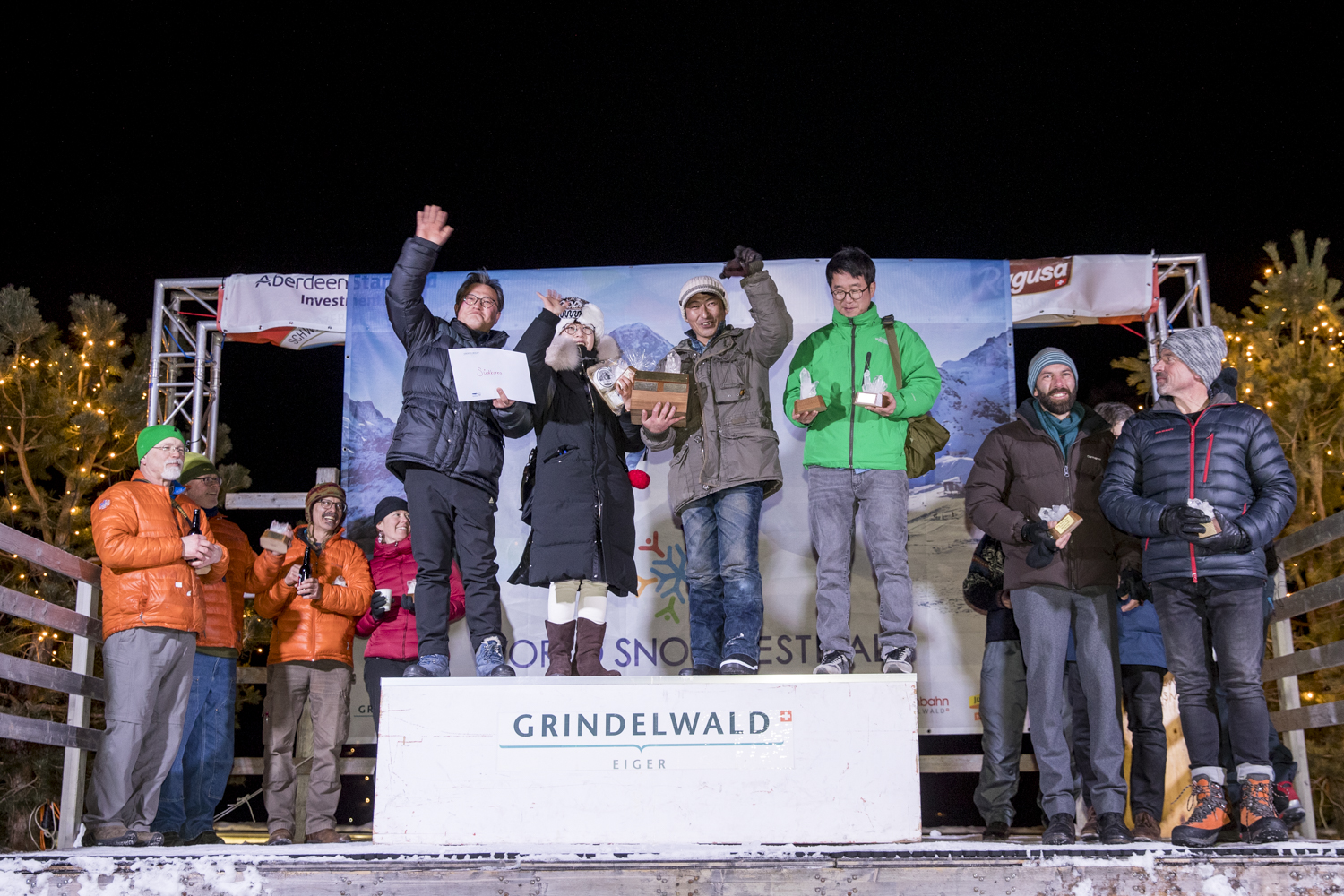
Sculptures 2025
Find out more about this year's artworks and their backgrounds.
Skulpturen auf dem Eiger+ Nordwandplatz & Bärplatz (Kopie)
THE SONG OF THE SIRENS (ODYSSEY, CYCLE XII)
IN ORDER NOT TO SUCCUMB TO THE SEDUCTIVE POWER OF THE SONG OF THE SIRENS, ODYSSEUS HAD HIMSELF TIED TO THE MAST OF THE SHIP, WHILE HIS COMPANIONS STOPPED THEIR EARS WITH WAX ..." THE FIGURE OF THE SIREN SYMBOLISES HUMAN TEMPTATION, DRIVEN BY AN UNFORGIVABLE CURIOSITY ABOUT THE UNKNOWN. PAUSE FOR A MOMENT AND LISTEN TO OUR SIREN SONG!
Icarus
Icarus is the tragic hero of the myth who dies because of his excessive pride and disobedience. He flies too high with wings made for him by his father Daedalus, melting the wax that holds the feathers together. He falls into the sea and drowns. His father is left broken and alone.
Every seafaring nation has traditions and legends about giant octopuses or sea monsters that emerge from the sea to devour ships and sailors and drag them into the depths of the ocean. Here, an octopus has wrapped its tentacles around a small boat in the midst of the waves.
Elder of the North
This sculpture, made of ice and snow, depicts the mystical giant, a figure deeply rooted in ancient Norse folklore.
According to legend, these giants once roamed the high mountains, forming valleys and rivers with their footsteps. They were feared and revered, regarded as protectors of nature and guardians of knowledge and treasures. It is said that they watched over lost travelers and guided them with moonlit footprints. Others, however, warn of them as a force of nature itself—the storm, the avalanche, the voice of the wind.
The Wolpertinger is a legendary mythical creature from Bavaria. In folklore, it appears as a bizarre hybrid creature—usually with the body of a hare, wings, antlers, and other animal features.
“Lion and the Lamb”
Myths have profound significance in ancient and modern cultures. They are sacred and explain the origins of people's beliefs and customs. As sculptors, we find the symbol of the lion and the lamb deeply moving. Rooted in the Judeo-Christian tradition, it is prophesied that there will be a messianic age, a vision of peace, harmony, and the ultimate triumph of good over evil. The lion represents strength, power, and supreme royalty. It is associated with the Lion of Judah. The lamb stands for innocence, sacrifice, gentleness, and vulnerability. It is associated with Christ as the sacrificial savior. To form these two together is to give shape to a deep hope—that in the fullness of time, justice and mercy, power and gentleness will embrace each other. They are a vision of harmony and peace.
I Have a Dream
Who doesn't know them—the global legend of a Swedish music group that captured the hearts of many people with their simple, heartfelt messages and unique sound, and continues to do so today.
For us as the Arctic Team, it feels very natural to create a monument to ABBA in snow—the legendary ABBA boots and the song title “I Have a Dream.”
Even in difficult times, keeping faith in the good things in life, in your own dreams and hopes – that's what the song is about, and of course the courage to cross the river.
Mama mia! Let's do it.
The work “I Have a Dream” strives for forms of dance and expressions of lightness, playfulness, transparency, and balance, and the Eiger will be visible in the background through “openings” in the boots.
Apocalypse
We plan to explore the legend of the four horsemen of the apocalypse (war, represented by a classical warrior but surrounded by modern weapons; famine, represented by the contrast between abundance and waste of food; pestilence, represented by a warrior accompanied by rats; and death, in his classical attire).
Sculptures in the Männlichen ski area
The snow sculpture depicts a polar bear standing on a harpsichord. It refers to Mani Matter's song ‘Eskimo’ and symbolises the tradition of Swiss music.
It combines artistic craftsmanship with cultural heritage and is a reminder of the deep-rooted importance of music and stories in Swiss identity.
Artists 2026
Various teams of artists from different nations take part in the World Snow Festival in Grindelwald every year. Another two teams work in the Männlichen ski area. Experience the teams and their work up close.
Teams on the Eiger+ Nordwandplatz & Bärplatz
Teams in the Männlichen ski area
Supporters of the festival
Many thanks to all our partners and sponsors, some of whom have supported us so generously for years.



